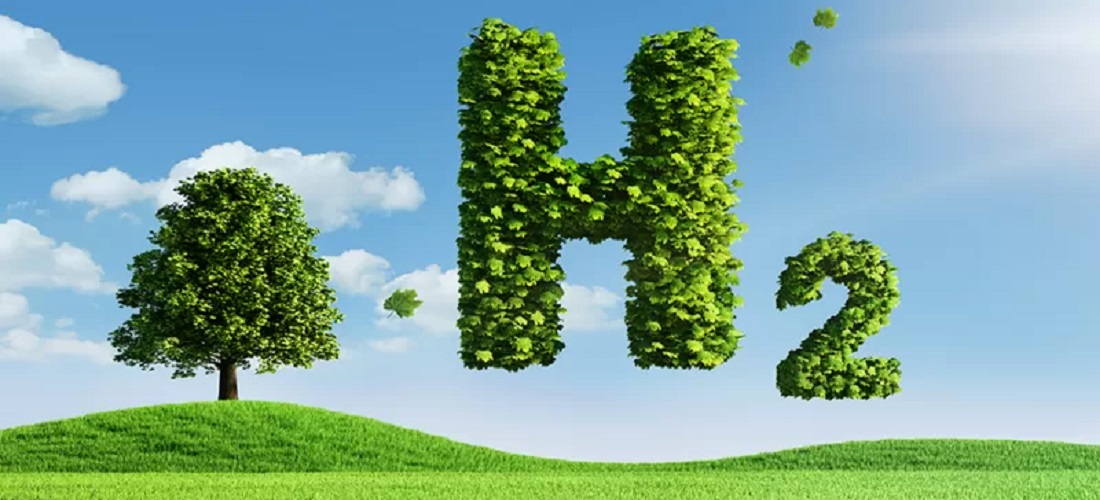
Hydrogen deals spread among Brazilian ports
Jul, 31, 2024 Posted by Gabriel MalheirosWeek 202431
Five port facilities in Brazil have already signed memorandums of understanding or agreements related to low-carbon hydrogen production, while another 14 have included the development of this industry in their strategic planning despite not having signed contracts. All recognize the significant challenges ahead in implementing these plans, according to a survey by the National Waterway Transportation Agency (Antaq).
Approved by the agency’s board last week, the “Diagnosis of Decarbonization, Infrastructure, and Applications of Hydrogen in Ports” assesses how Brazilian ports are preparing to accommodate vessels with green fuel alongside other decarbonization initiatives. The study was conducted in partnership with the Ministry of Ports and Airports (MPor) and the German cooperation agency GIZ, with Germany identified as a potential buyer of Brazilian hydrogen. Recently, Germany released its import strategy, which includes green hydrogen (produced via electrolysis with renewable electricity) and blue hydrogen (produced from natural gas with carbon capture and storage).
The ports of Suape (PE), Antonina (PR), and Paranaguá (PR), among public ports, and Pecém (CE) and Açu (RJ), among private terminals, have formalized their interest in developing hydrogen production.
Pecém leads with the most signed agreements. Two weeks ago, the Australian company Fortescue announced an advance investment decision (EID) on its green hydrogen production project at the industrial hub. The EID is the stage preceding the final investment decision (FID), scheduled for 2025.
The Pecém complex has signed 36 memorandums of understanding and four pre-contracts with companies interested in hydrogen production in Ceará. In early July, the joint venture formed by Stolthaven Terminals and Global Energy Storage was selected as the “potential operator” to plan, design, build, and operate a green ammonia terminal at the Ceará hub.
Notably, the port of Luís Correia, under construction on the coast of Piauí, was not included in the survey as it is still being built. However, according to the state government, its infrastructure is being designed to support the export of hydrogen-based green fuels.
Despite these developments, no facility has begun adapting its infrastructure for hydrogen production, supply to vessels, or import and export. On average, 59% of the initiatives presented do not consider them applicable to their type of operation, while 31% classify them as “not implemented.”
Bottlenecks
The challenges to moving forward include technology, financing, and regulation.
The study states, “A strategic factor for the success of low-carbon hydrogen initiatives in port facilities is the presence of the industry in their area, which could consume part of the hydrogen and its derivatives produced as a source of energy or raw material for producing low-emission products, such as green steel.”
While regulation was the least cited challenge, a recurring theme was the lack of regulatory frameworks and incentives for sustainability in the port sector.
“The absence of tax incentives, clear regulatory policies, and technologies for acquiring equipment and inputs for clean energy production is a significant challenge. Many decarbonization actions face obstacles due to the complexity and bureaucracy of regulatory policies, leading to long waiting periods for obtaining licenses and authorizations,” the analysts noted.
One recommendation is to promote greater collaboration between regulatory agencies and ministries to create initiatives, such as a dedicated line in the Growth Acceleration Program (PAC) for port decarbonization.
There is also a need for clarity regarding the demand for low-carbon fuels. Currently, vessels heavily rely on fossil fuels like marine diesel and conventional bunker.
According to the survey, the transition to low-carbon fuels is still distant: only 11 facilities (one public port and ten terminals) reported having records of berthing vessels using low-carbon fuels.
Public Ports More Optimistic
The survey also explored how each port facility views its potential role in the low-carbon hydrogen value chain. Most facilities still do not see potential in this market or are unaware of its applications.
For terminals, 82% do not see potential, compared to 37% for public ports. The remaining terminals are divided: 8% see opportunities in creating a green hydrogen hub, another 8% in supplying vessels, and only 3% in export, with none highlighting production possibilities.
Among public ports, 26% see their role in green hydrogen production, followed by the creation of a hub (19%), export (11%), and supply (7%).
According to Antaq, this difference in perception may be linked to the profile of the survey participants. The category of public ports encompasses a more homogeneous group represented by port authorities responsible for managing these ports.
Source: EP BR
Click here to read this news report original rendition: https://epbr.com.br/cinco-portos-brasileiros-tem-algum-acordo-para-hidrogenio/
-
Ports and Terminals
Feb, 25, 2022
0
Argentina requests new regulations over vessel collisions with docks
-
Shipping
May, 04, 2022
0
Hapag-Lloyd withdraws South America East Coast – Caribbean service
-
Grains
Mar, 09, 2020
0
Rumo says soy exports to China remain unaffected despite coronavirus
-
Ports and Terminals
Dec, 27, 2023
0
Wilson Sons records a 287% increase in household goods exports at Tecon Rio Grande


